PostgreSQL vs SQLite: Performance comparison and insights
In this article, we provide a detailed analysis and comparison between PostgreSQL and SQLite based on a transcript of a video walkthrough. The comparison includes performance benchmarks for various database operations like inserts, updates, deletes, and selects. Both databases have unique strengths, and this guide will help you understand where and how each excels or falls short.
Introduction: setting the stage for PostgreSQL vs SQLite
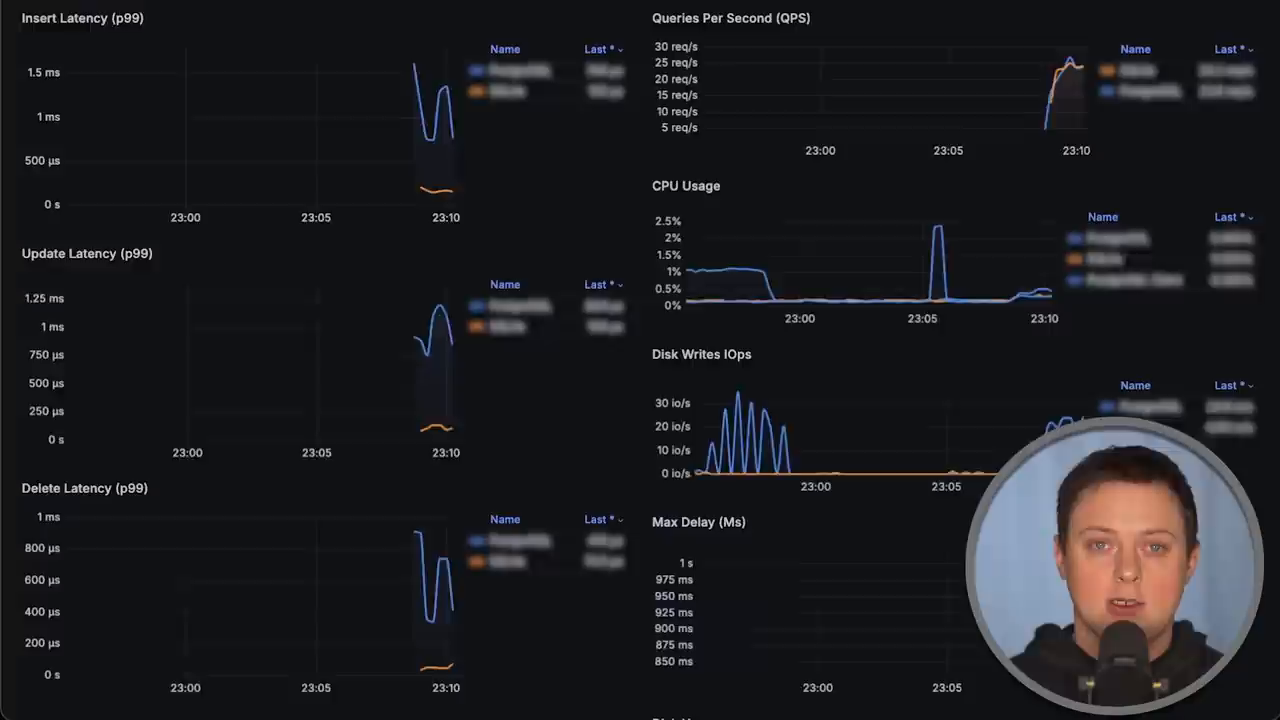
Introduction to PostgreSQL and SQLite review
In this performance-focused comparison video, the goal is to evaluate the latency and throughput of PostgreSQL and SQLite using two primary tests: insert-update-delete operations and select or read efficiency. To keep the comparisons grounded in real-world scenarios, a full CRUD (Create, Read, Update, Delete) test simulates typical workflows you might encounter when using each database. The video’s creator aims to showcase differences in architecture, design, and operation styles between these two databases.
Both databases are powerful tools frequently used in development, but they are utilized in radically different contexts, creating challenges for direct comparison. PostgreSQL is a client-server, heavyweight relational database useful for scalable, concurrent environments, while SQLite is lightweight and embedded, excelling in situations requiring simplicity.
PostgreSQL overview: architecture and characteristics
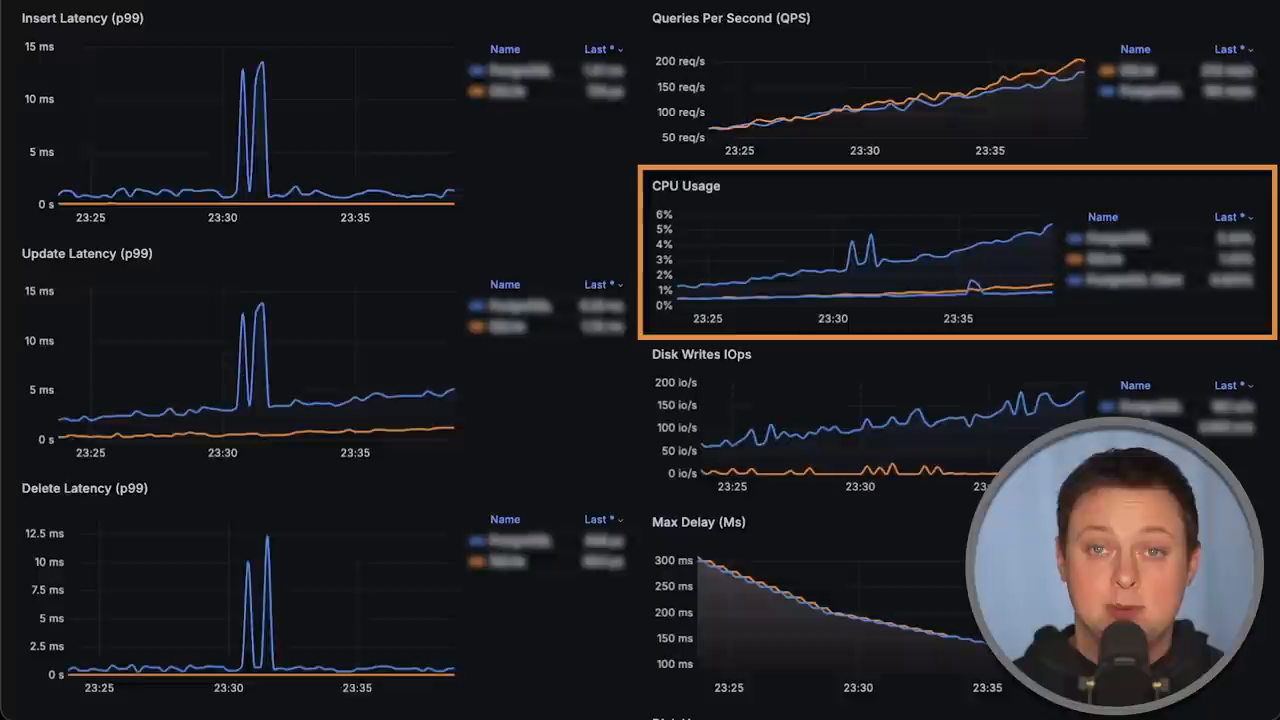
Understanding PostgreSQL Architecture
PostgreSQL is a fully-featured, traditional database management system (DBMS) that operates on a client-server architecture. Typically, PostgreSQL is hosted on dedicated servers as a long-running server process, managing access to the underlying persistence layer. PostgreSQL excels in scenarios requiring high concurrency and scalability due to its ability to utilize multiple CPU cores for parallel read/write operations.
Key PostgreSQL Features:
- Separate File Storage: Each table and index is stored as individual filesystem files. Larger datasets are further segmented into 1GB chunks to optimize performance.
- Network-based Operation: Clients communicate with the database over a network, often adding latency but enabling distributed deployments.
- Concurrency Features: Through worker processes or threads, PostgreSQL can process operations in parallel, efficiently dividing tasks across multi-core systems.
Furthermore, PostgreSQL benefits applications requiring managed database connections via pooled resources or scenarios requiring robust concurrency control.
SQLite overview: architecture and characteristics
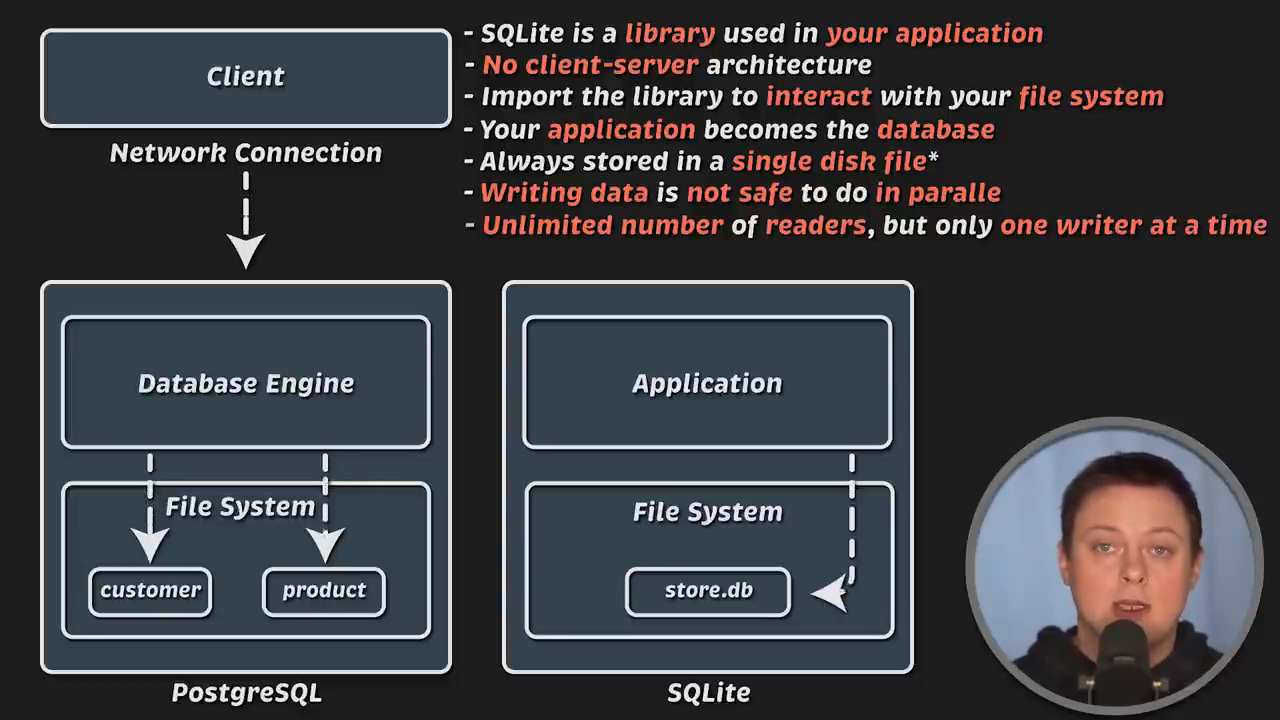
How SQLite operates as an embedded library
Contrary to PostgreSQL, SQLite is not a standalone database server. Instead, it functions as an embedded library, integrated directly within an application for managing data locally. This distinction makes SQLite lightweight and easy to use but limits certain capabilities like simultaneous multi-threaded writes.
Key SQLite Features:
- File-based Storage: SQLite databases are stored entirely within a single file, streamlining portability but limiting parallel writes.
- Single Writer Limitation: While unlimited readers can access an SQLite file simultaneously, only one write operation can occur at a time.
- Embedded Setup: SQLite removes the overhead of a database server, enabling simplicity at the cost of features like networked, multi-client support.
These unique design choices make SQLite an ideal choice for embedded systems or low-traffic, standalone applications.
Test setup and methodology: comparing apples to apples
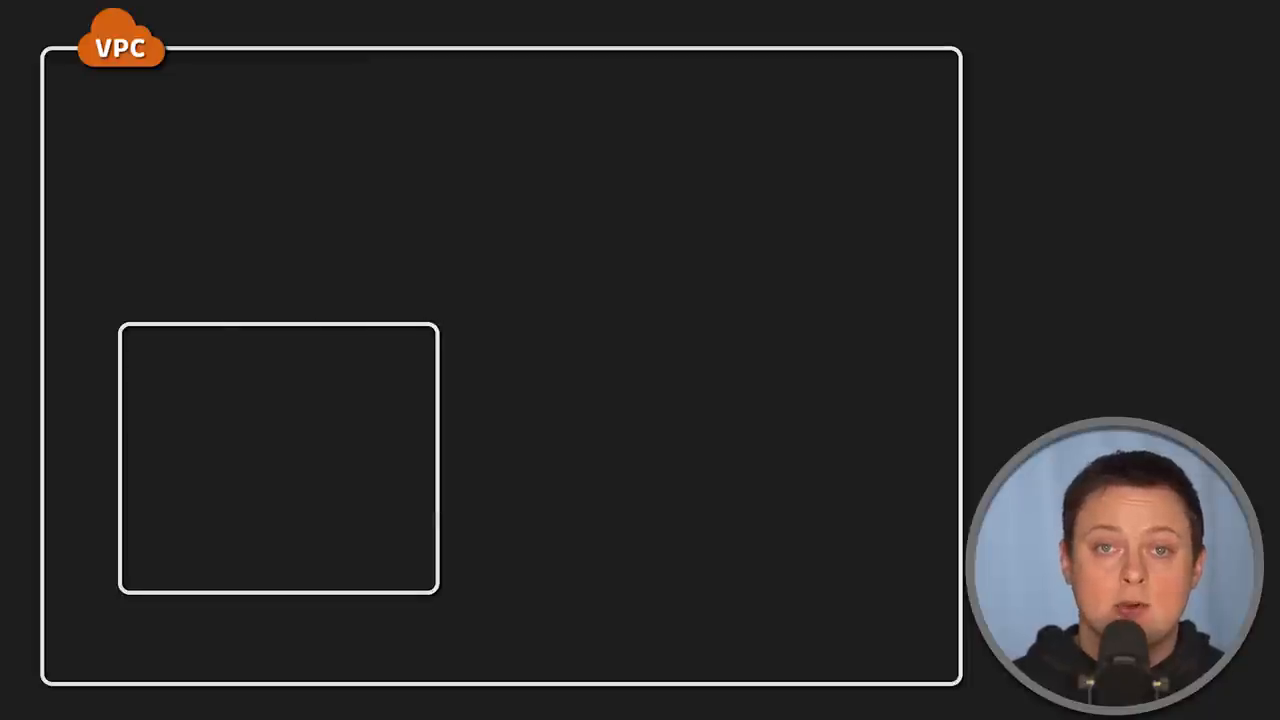
Designing performance tests for fairness
Given their vastly different purposes, effectively comparing SQLite and PostgreSQL required a carefully designed benchmarking suite:
Environment Setup:
- PostgreSQL was set up on an Amazon EC2 instance of the
i3.largetype, and the client operated from a separatem7.largeinstance. - SQLite tests ran entirely on the same
i3.largeinstance, reflecting how it operates as a local embedded database.
- PostgreSQL was set up on an Amazon EC2 instance of the
First Test - Insert-Update-Delete:
Simulating a shopping cart workflow, the test included creating a cart, adding items, transferring items to orders, and performing updates/deletes for various entities in the database using these operations.Second Test - Select:
A more complex query combining multiple database tables using joins simulated selecting customer order history.Thread and Connection Design:
For fairness:- SQLite: Used single-threaded execution to reflect its limitations in concurrent scenarios.
- PostgreSQL: Used a single connection pool for queries, limiting concurrency.
Results: analyzing the insert-update-delete test

Insert-Update-Delete Workflow Highlights
Test Observations:
- Latency Metrics:
- PostgreSQL exhibited higher latencies due to added network overhead, highlighting its reliance on distributed environments but slower local operations.
- SQLite shined during local operations, handling insert/update/delete workflows without significant delay.
- CPU Usage: PostgreSQL showed higher CPU bursts, possibly linked to network I/O management, while SQLite displayed consistent CPU usage as it directly accessed local storage.
- Disk Operations: PostgreSQL depended heavily on the filesystem, leading to more intensive disk usage compared to SQLite, which batched most writes.
Despite local SQLite speed advantages, PostgreSQL’s design enables higher long-term scalability for concurrent users.
Results: analyzing the select test
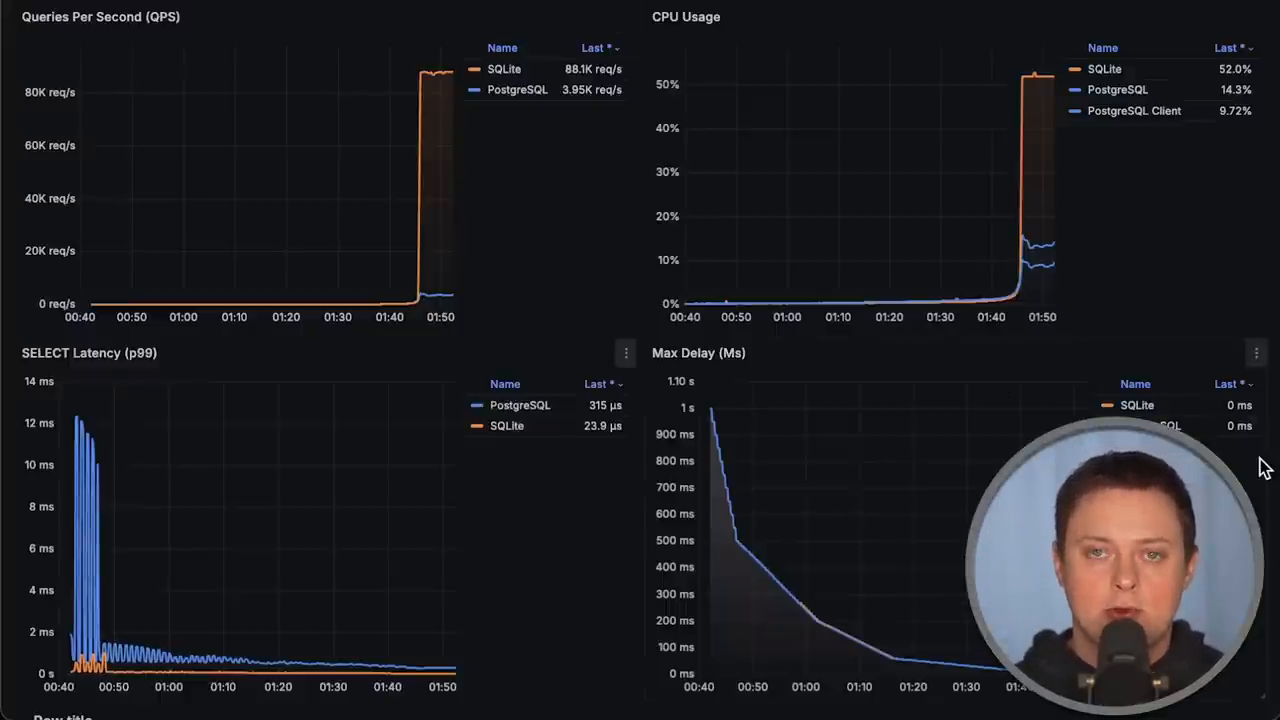
Complex SELECT Query Performance Comparison
The second test used a SELECT query combining multiple database tables, simulating real-world workload bottlenecks in customer order retrieval:
SQLite Highlights:
- With no network bottleneck, SQLite displayed exceptional query throughput and minimal latency.
- The use of a local file system simplified concurrent read scenarios, allowing SQLite to handle increasing workloads without degradation.
PostgreSQL Limitations:
- The network overhead and query parsing took a toll on PostgreSQL’s efficiency.
- Despite this, PostgreSQL’s advanced optimization features make it ideal for massive, multi-user deployments.
Insights on key performance differences
Network Impacts:
SQLite, when used locally, avoids network round-trip delays entirely. PostgreSQL, however, relies on network requests, which slow down operations but enable distributed multi-client capabilities.
Disk Usage:
PostgreSQL writes more aggressively to disk, which helps maintain data durability but increases infrastructure costs in scenarios like cloud-based instances. SQLite minimizes write frequency, optimizing for localized scenarios.
Conclusion: which database to choose?
PostgreSQL and SQLite serve different purposes, and choosing between them depends on your specific requirements.
Choose SQLite when:
- You need a lightweight, embedded solution.
- You are developing standalone applications or low-traffic systems.
- You prioritize minimal setup and local execution models.
Choose PostgreSQL when:
- You need concurrent database access for hundreds or thousands of users.
- Your application requires custom optimization for scaling.
- You need advanced database features like complex joins or fine-grained transaction management.
As demonstrated in the tests, SQLite’s simplicity offers superior speed for small-scale tasks, while PostgreSQL’s robust architecture supports enterprise-grade deployments.
Would you like to explore more benchmarks or scenarios comparing these technologies? Let us know!
Thank you for reading this performance comparison—stay tuned for more insights on database technologies!
